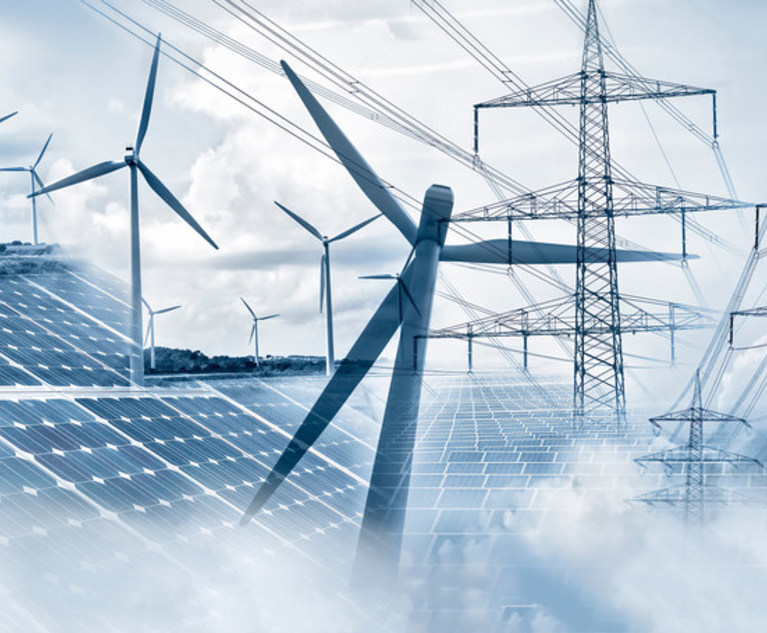Very last year was an abnormal one for the international energy sector. Inspite of substantial and in several instances close to-rapid changes in demand from customers due to the Covid-19 pandemic, world wide energy era fell only two-tenths of a % for all of 2020. Coal-fired ability era fell 3% calendar year on year gasoline-fired energy fell 1%, and nuclear electric power declined 3%. Wind, photo voltaic, and hydropower all grew, however, and the final result is one thing new for the electrical power sector.
BloombergNEF just lately analyzed a 10 years well worth of data from 137 particular person ability marketplaces and aggregated information from the relaxation of the earth, and observed a thing considerable. Final yr was the initially calendar year in which renewable wind, solar, hydropower, and biomass and squander electrical power furnished the entirety of advancement in world-wide ability technology.
Let’s zoom out a little bit from 2020 and glance at the earlier ten years. A total 10 several years of info highlights other tendencies. In the chart earlier mentioned, coal’s contribution to energy technology growth is incredibly apparent by 2014 and once again in 2017 and 2018. Organic fuel energy progress is also evident as are the continual additions of wind and photo voltaic electricity. Nuclear power’s significant post-Fukushima drop in 2011 and 2012 is unmistakable.
Mixture the facts for each know-how for the ten years, and we see some thing else noteworthy. More than the previous 10 many years, coal energy grew the most of any resource, but gas-fired electricity growth was only barely less, and wind power progress was only a little a lot less than that of fuel. Coal accounted for 22.8% of total power era development gas for 22.5%, and wind for 21.6%.
It is important to remember that coal stays by much the major solitary supply of electrical power generation, with extra than 8,900 terawatt-hours a calendar year generated in 2020, about 45% more than gasoline and double what hydropower generates. None of those major resources, even so, have a important progress amount about the decade. Coal grows only 1.6% a calendar year fuel, 2.5%, and hydro, 2.9%.
Two systems, however, do have much a lot more robust development charges: wind and solar. Wind’s compound progress charge for the earlier 10 years, 16.6%, is ample for once-a-year international wind technology to double in a lot less than five decades. Then there is photo voltaic. Its compound growth amount is just shy of 39%, which usually means that yearly photo voltaic electric power generation doubles in much less than two a long time.
Wind and solar progress rates permit us to do some easy math with intriguing implications. The initially phase is to assume that just about every technology’s 10-12 months compound development amount is indicative of what its potential progress may possibly be. The 2nd is to utilize that rate to every technology’s 2020 world wide power era.
If wind era were being to improve at its present 10-yr charge for just one particular more year, it would grow to be the solitary most significant resource of new ability generation due to the fact 2010. If solar have been to expand in the same vogue, it would be the major contributor to electrical power era advancement by 2023.
Individuals costs could modify in excess of time. That explained, solar will likely include much more than 180 gigawatts of new capability this year – additional than the biggest amount of put together coal and gas potential included in any calendar year this century and most likely ever – meaning that its compound growth fee will raise.
Other technologies’ prices could improve, too. Two a long time of significant declines dragged coal’s growth fee down, and massive nuclear electricity shutdowns in 2011 have changed its situation for the full decade. For the sake of global emissions, coal’s expansion rate should drop further more, and nuclear power’s development price should really return to good territory and then some.
The power sector’s in the vicinity of long run could appear various in spots, of study course. Most forecasters, nonetheless, see the near foreseeable future evidently. Just this week the Global Vitality Agency identified that by 2026, renewables writ substantial (which include huge hydro ability) will be the one major resource of electric power generation “based on current guidelines and market place developments.”
And, it could feel imaginative to counsel that in 1 year’s time wind will be the most significant contributor to ability generation growth given that 2010, and solar the largest just two several years later. Truly, while, it is the reverse of imaginative: it involves only the assumption that the following few yrs glimpse like the previous 10 years.
Nathaniel Bullard reports for Bloomberg News.
